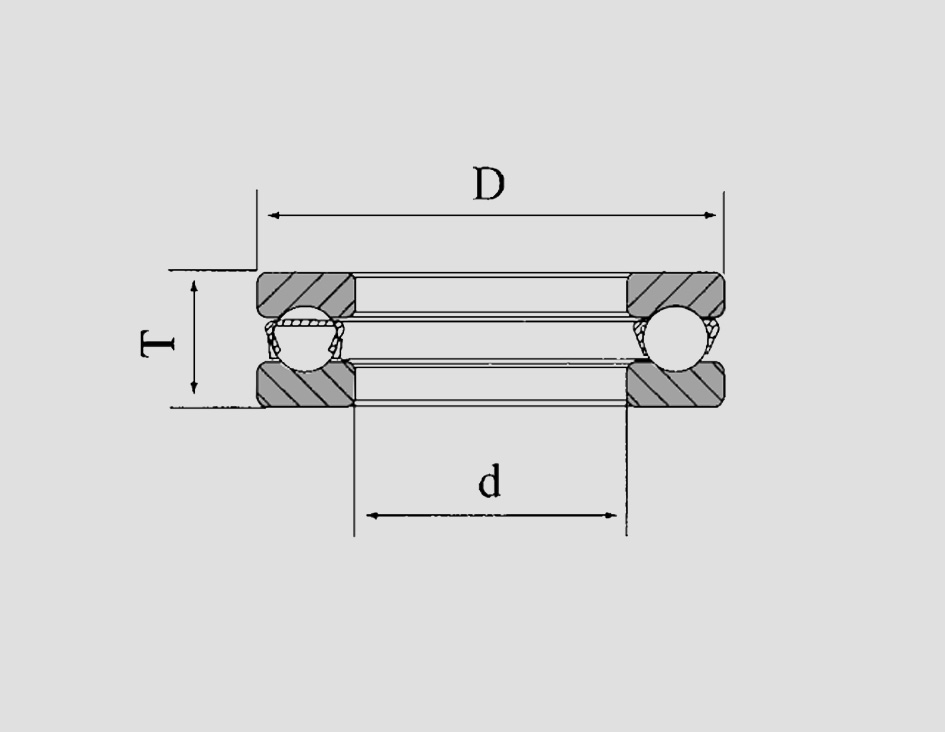
Aug . 25, 2024 08:48 Back to list
Dimensions and Specifications for Taper Roller Bearings in Engineering Applications
Understanding Taper Roller Bearing Dimensions A Comprehensive Overview
Taper roller bearings are essential components widely used in various mechanical applications due to their capacity to handle both radial and axial loads. Understanding the dimensions and specifications of these bearings is crucial for engineers and designers involved in mechanical design and maintenance.
Taper roller bearings consist of an inner ring, an outer ring, taper-shaped rollers, and a cage. The unique shape of the rollers allows for effective load handling, making them ideal for applications that require high load capacity while maintaining low friction. The tapered design also facilitates precise alignment and stability under load.
When examining taper roller bearings, several key dimensions must be considered, including the outer diameter (D), inner diameter (d), and width (B). These measurements are critical in selecting the right bearing for a specific application. A typical reference chart provides a range of sizes and specifications to guide engineers in making informed choices.
taper roller bearing dimensions chart

The outer diameter is crucial as it determines the space required for the bearing within a housing assembly. The inner diameter is the size that fits over a shaft, and it largely influences the bearing's fit and performance in a given application. The width of the bearing is equally important, as it affects the bearing's overall load capacity and stability.
Additionally, taper roller bearings are classified by the nominal size and the series. The number series indicates the bearing's dimensions and its load-carrying capacity. The most common series include metric and imperial standards, catering to the diverse needs within the engineering industry.
It's also valuable to consider other factors, such as the axial load rating and dynamic load rating, which are essential for understanding how a bearing will perform under various operating conditions. These ratings help assess the suitability of a specific bearing for particular tasks, ensuring reliability and longevity in demanding environments.
In summary, taper roller bearing dimensions play a pivotal role in ensuring optimal performance in mechanical applications. Knowledge of the critical dimensions, load ratings, and classifications allows engineers to make better decisions when selecting bearings. Utilizing a comprehensive dimensions chart can streamline the selection process, leading to efficient designs and reliable machinery. By understanding these aspects of taper roller bearings, professionals can enhance the durability and effectiveness of their engineering solutions.
Latest news
-
Common Failures in Thrust Ball Bearings and Solutions
NewsAug.22,2025
-
How Tapered Roller Bearings Can Take Shock Loads
NewsAug.22,2025
-
Angular Bearings in High-Precision Spindles
NewsAug.22,2025
-
The Impact of Misalignment on Cylindrical Roller Bearing Performance
NewsAug.22,2025
-
The Role of Cage Design in Deep Groove Ball Bearing Durability
NewsAug.22,2025
-
The Impact of Material Quality on Machinery Bearings’ Lifespan
NewsAug.22,2025
